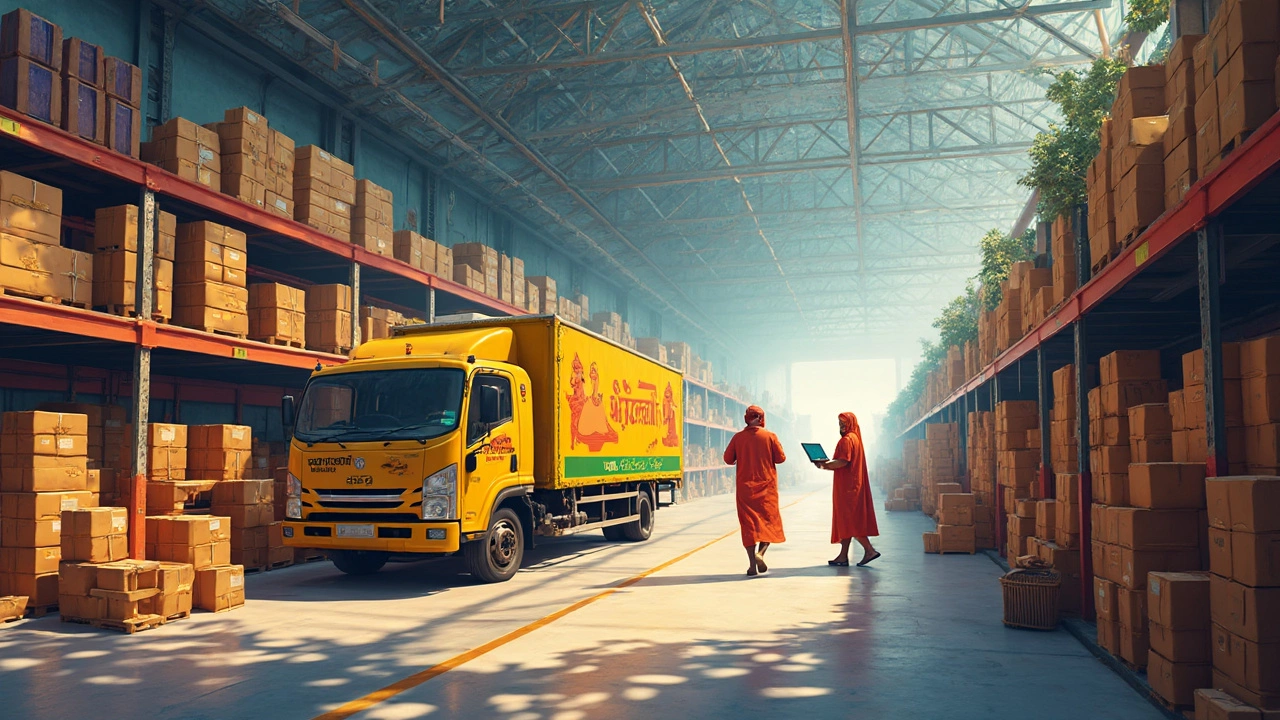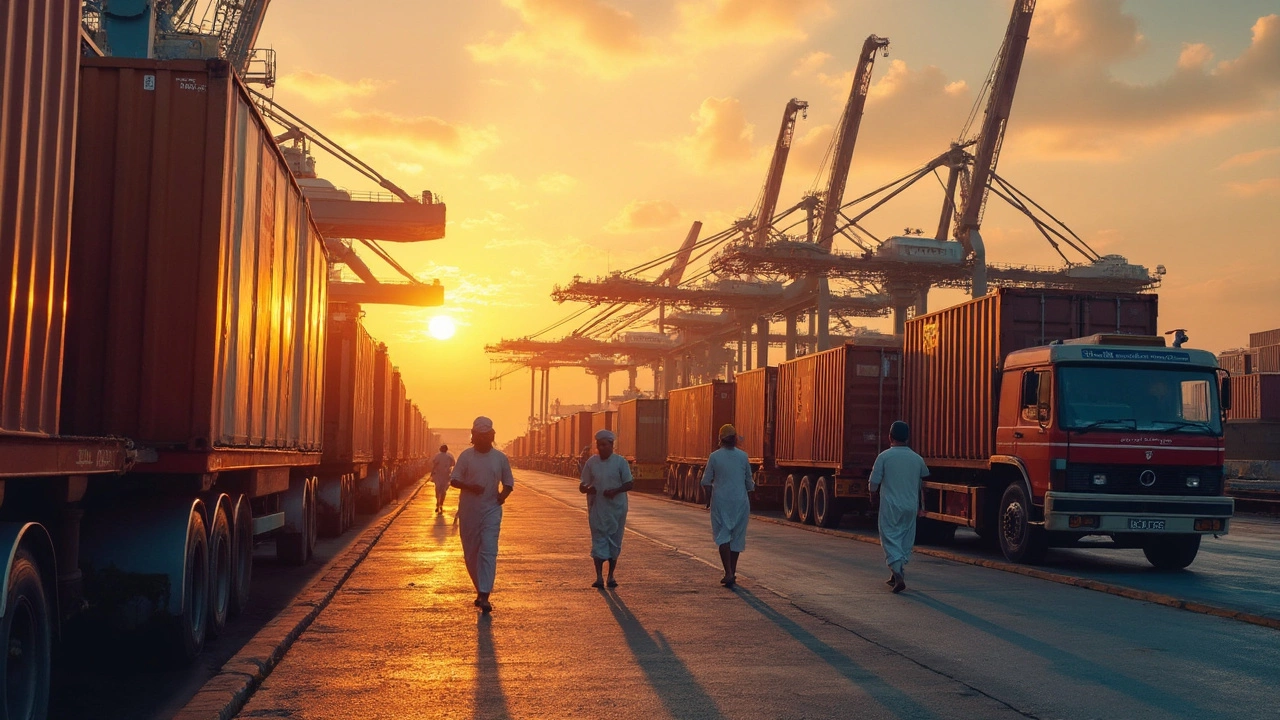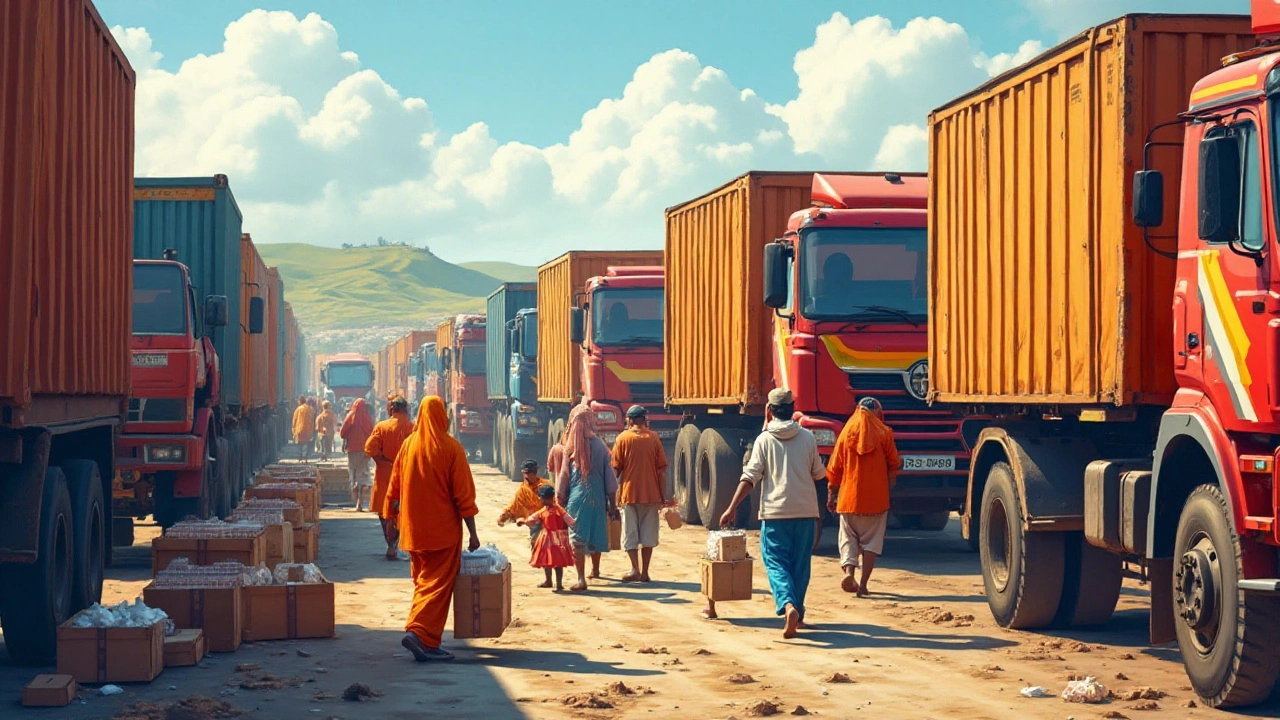Transportation Made Simple: What You Need to Know Today
Ever felt confused by all the buzz around transportation, courier rates, and last‑mile delivery? You’re not alone. In this guide we break down the most useful info into bite‑size pieces so you can ship smarter, save money, and avoid common headaches.
How Courier Prices Are Calculated
Courier rates aren’t magic; they’re built from a few clear factors. First, distance matters – the farther the haul, the higher the base fee. Second, weight and size drive the cost; a bulky motorbike needs more space than a small parcel. Third, service level adds a premium – same‑day or overnight shipping costs more than standard delivery. Finally, extra services like insurance, live tracking, or special handling each add a small charge. Knowing these pieces lets you compare quotes quickly and pick the best deal.
Winning the Last‑Mile Delivery Challenge
The hardest part of any shipment is the last mile – getting the package from a local hub to the customer’s doorstep. Traffic, wrong addresses, and limited fleet size often cause delays. A few tricks can smooth things out: use route‑optimization apps to cut travel time, confirm addresses with the receiver before dispatch, and give customers real‑time tracking updates. Small businesses that master this step see higher satisfaction and fewer return hassles.
Another practical tip is to bundle deliveries whenever possible. If you’re moving several bikes or parcels in the same area, a single truck can handle all of them, cutting fuel costs and reducing the carbon footprint. Many courier companies offer discounted rates for bulk shipments, so ask about group pricing when you book.
When you’re choosing a transportation partner, look beyond price. Check reviews for reliability, ask about their handling process for delicate items, and confirm they have the right insurance coverage. A cheap quote might hide hidden fees or poor service that ends up costing you more in the long run.
Technology is also reshaping transportation. E‑logistics platforms let you book, track, and manage shipments from a single dashboard. You can instantly see the status of every bike in transit, get alerts if something goes off schedule, and even generate invoices automatically. If you haven’t tried an e‑logistics tool yet, start with a free trial and see how much smoother your workflow becomes.
Finally, keep an eye on seasonal peaks. During holidays or special sales events, courier demand spikes and cut‑off times tighten. Plan ahead by booking early, confirming cut‑off deadlines, and prepping your items for quick loading. A little forethought prevents last‑minute scrambling and ensures your goods arrive on time.
Transportation doesn’t have to be a mystery. By understanding how pricing works, mastering the last‑mile, and leveraging tech tools, you can ship faster, cheaper, and with peace of mind. Ready to put these tips into action? Start by checking the rates of the top couriers in your area and experiment with a simple route‑optimization app on your next shipment.



